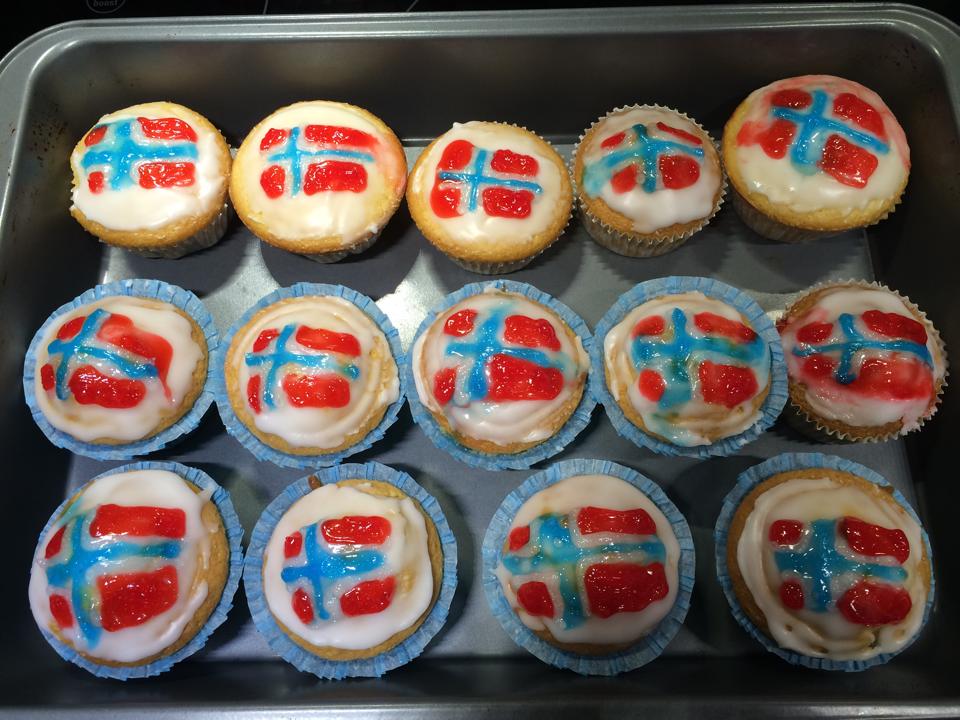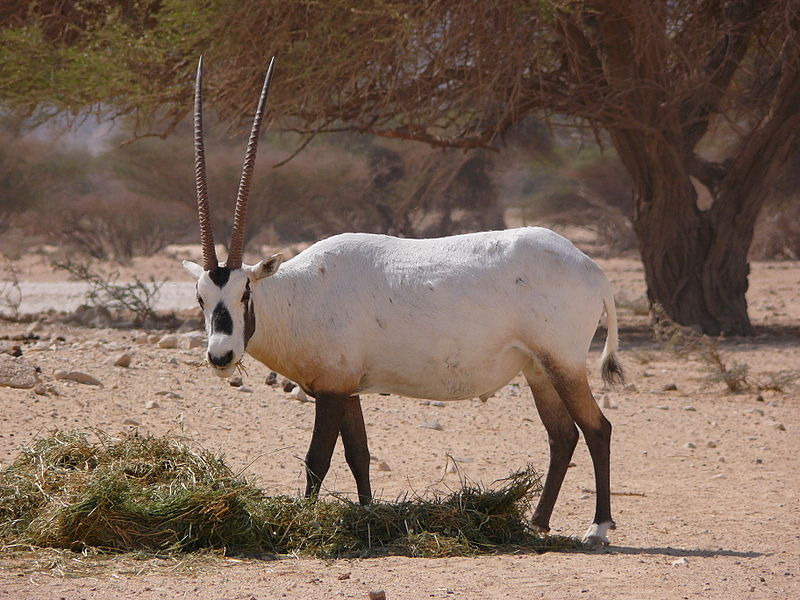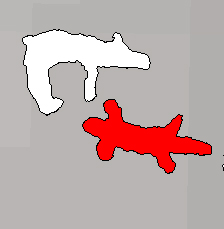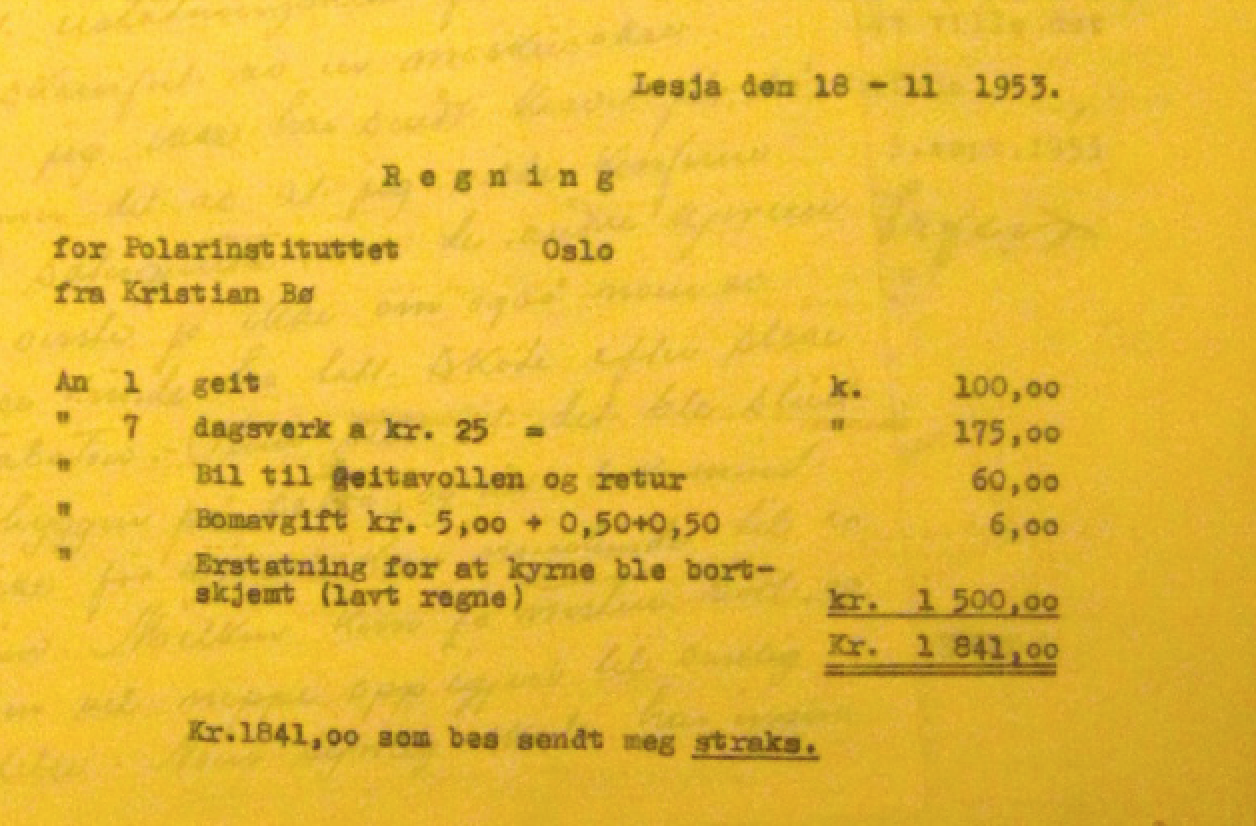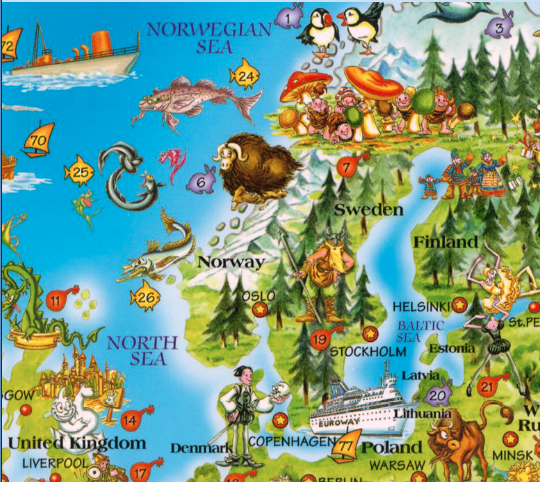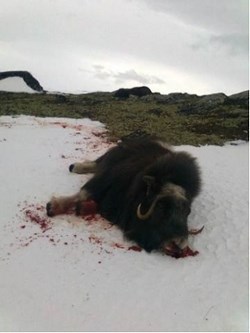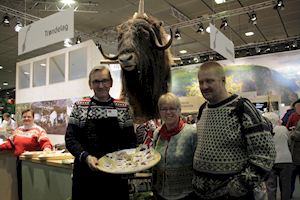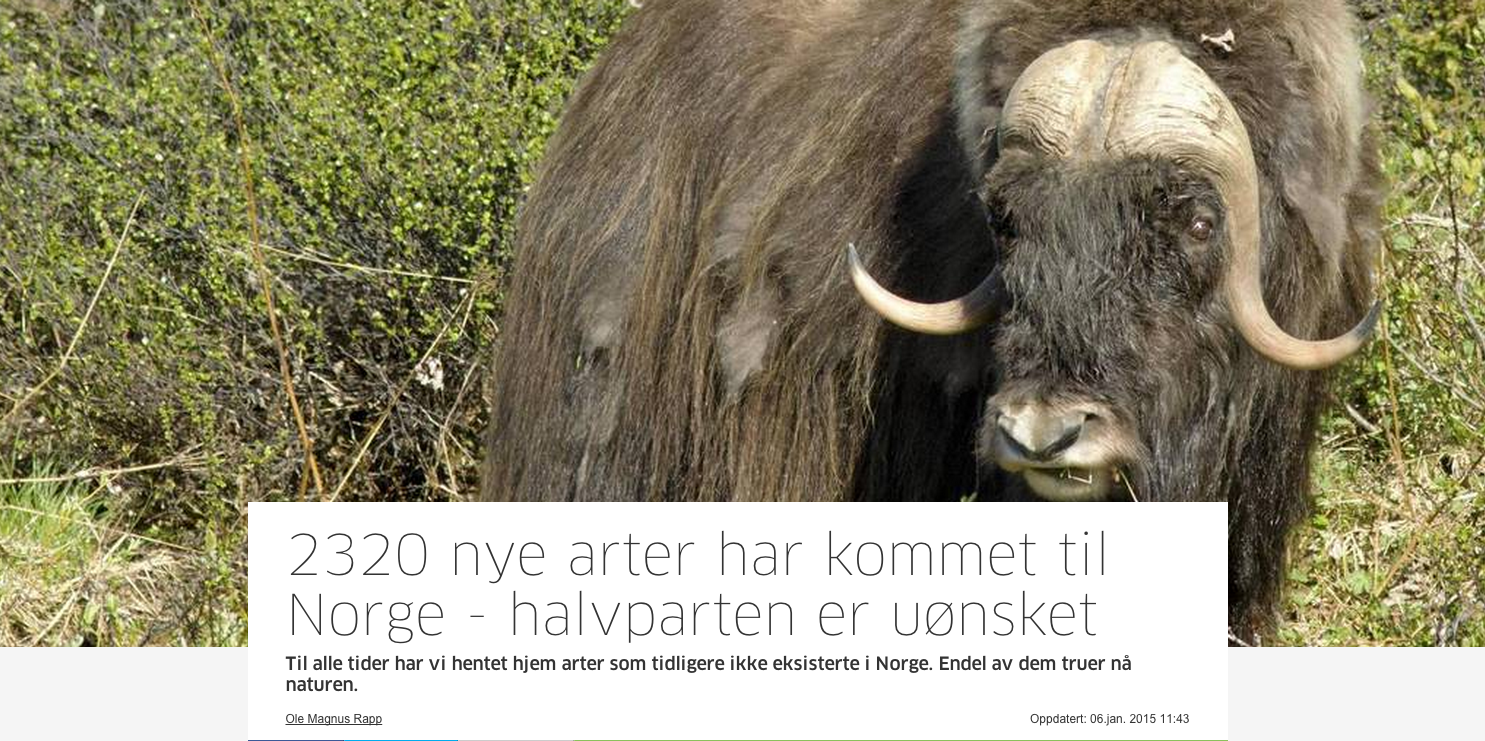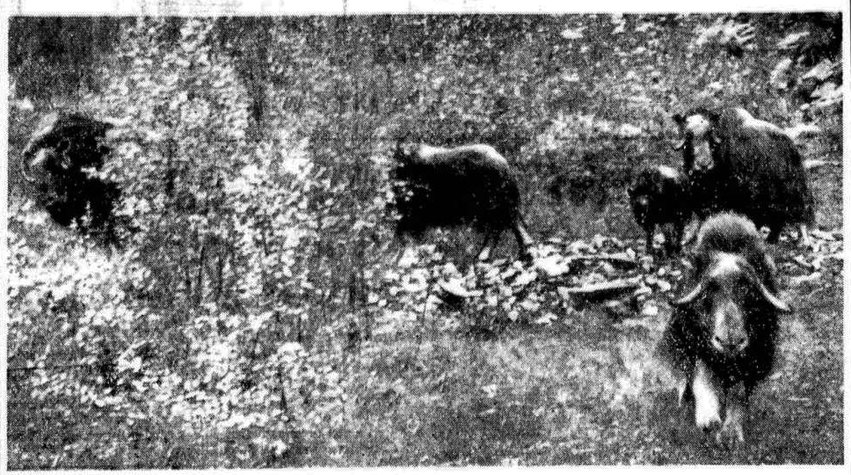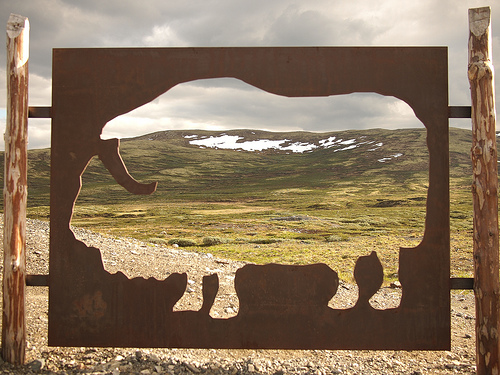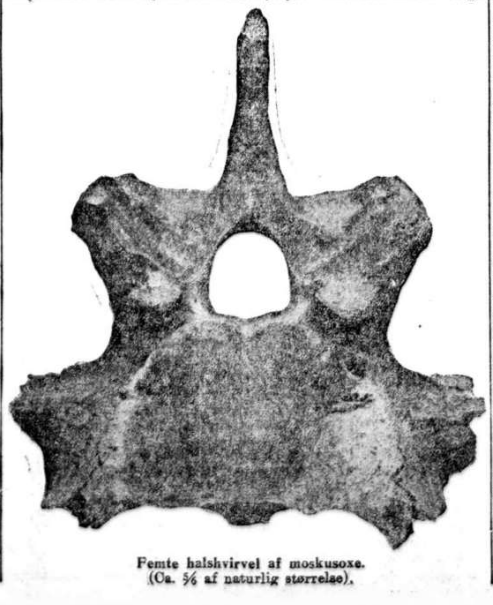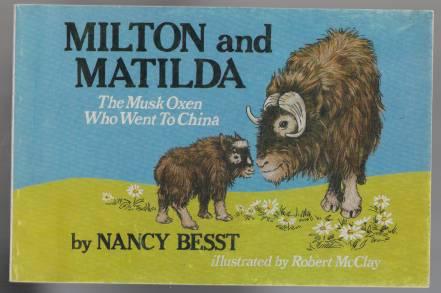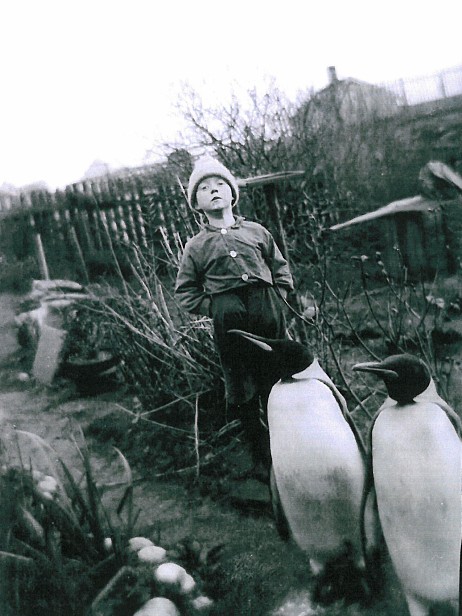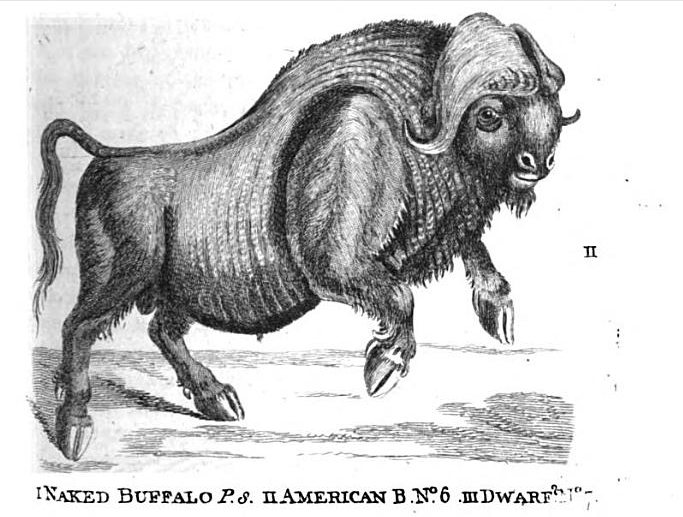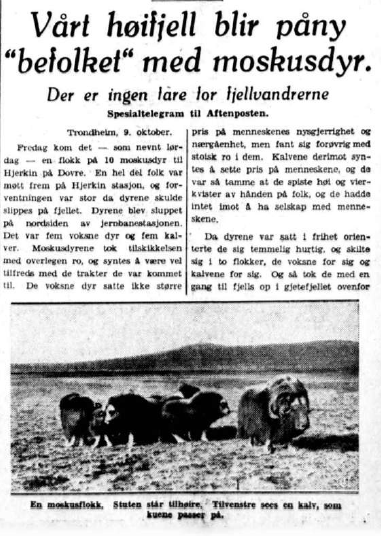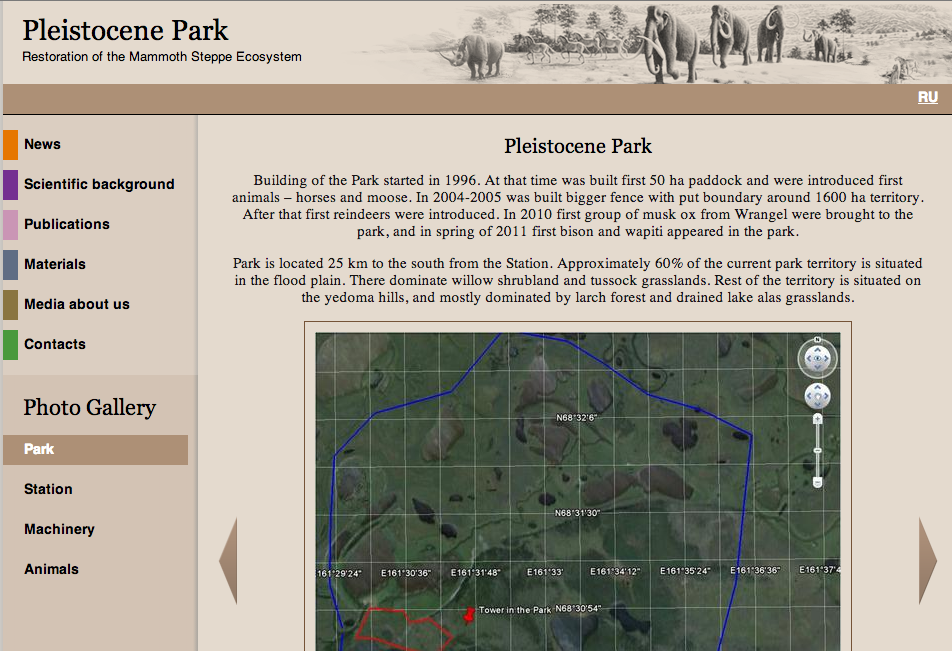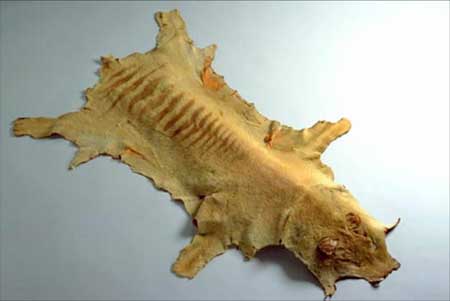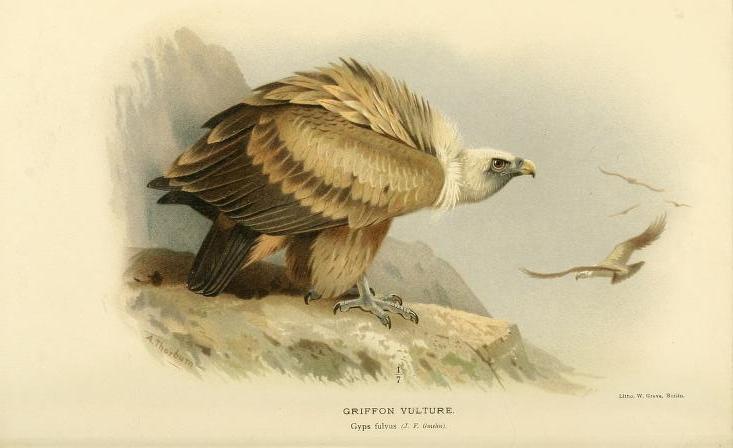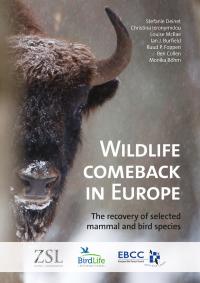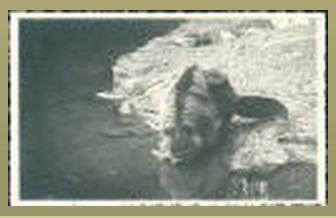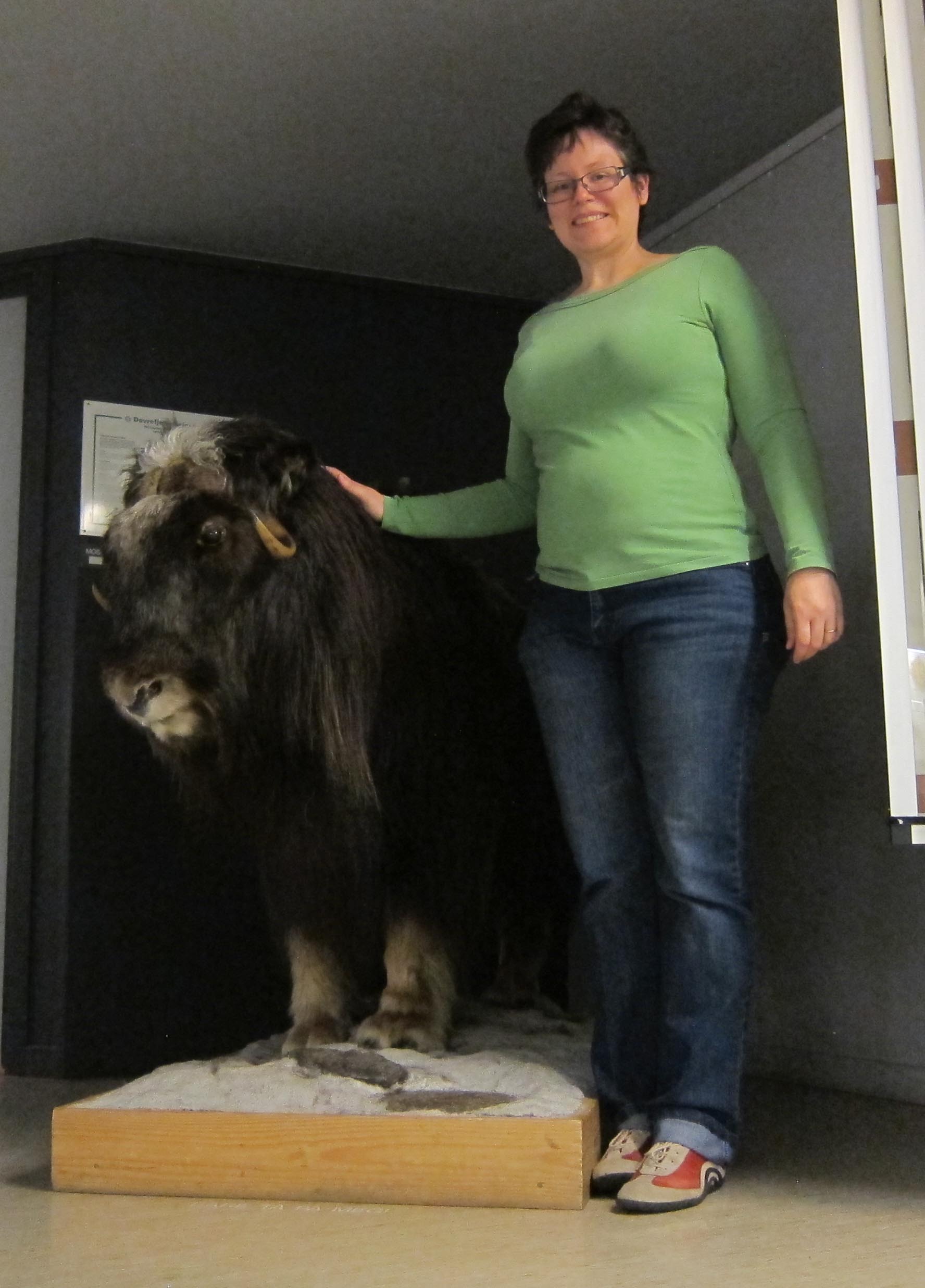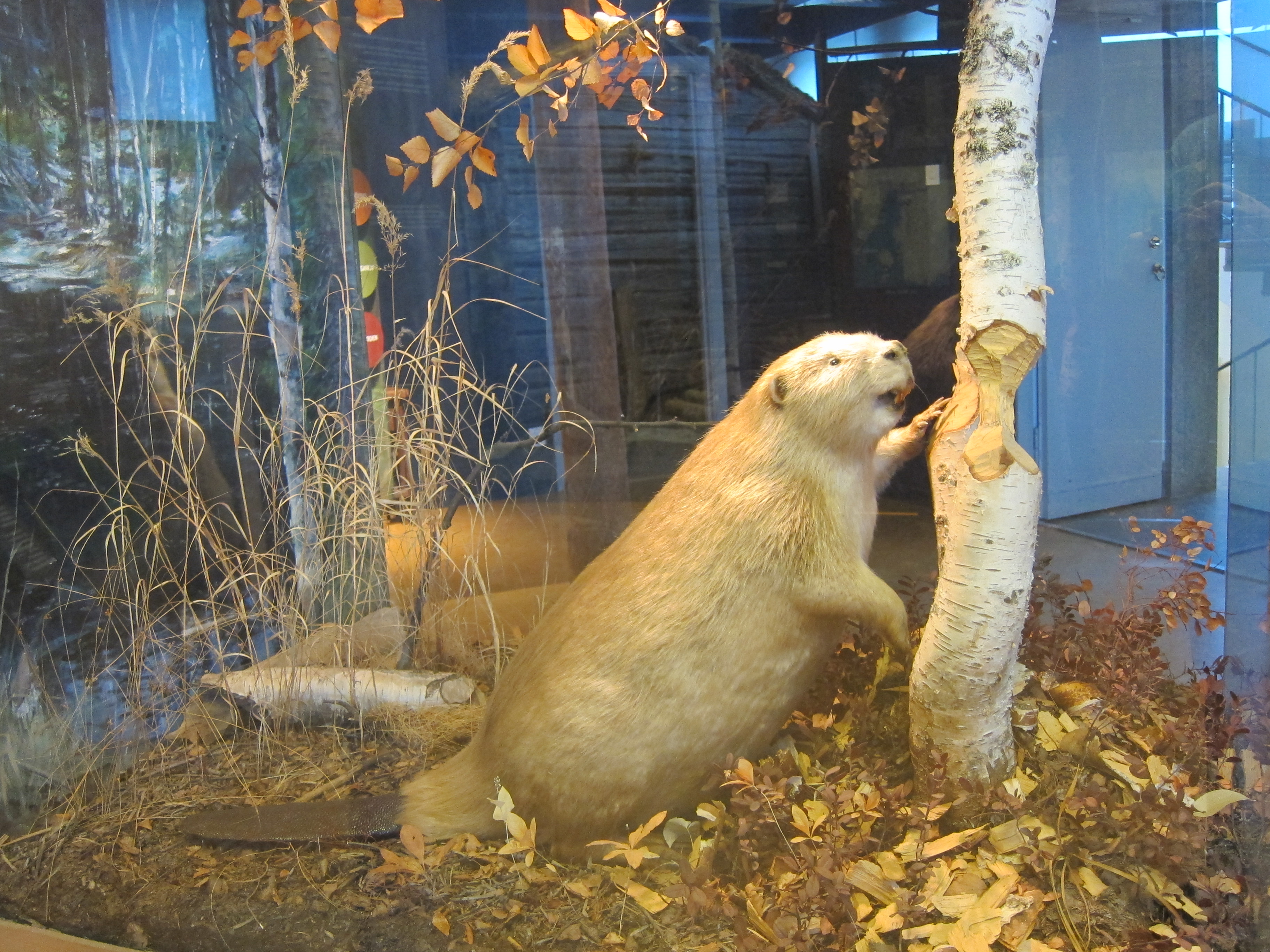muskox
-
A patriotic project
Yesterday was May 17th. In most places in the world, that’s just another day. But in our part of the world it’s an important holiday because May 17th (syttende mai) is the Norwegian National Day. We put out the Norwegian flag on the flagpole, my girls were waving their flags, and I even baked cupcakes decorated with the red-white-and-blue of Norway. Ah, patriotism. So it got me thinking about patriotism’s role in conservation actions. Animals can become emblematic of a nationstate, spurring desperate (and often very costly) actions to save them. The panda in China and the bald eagle in the US come immediately to mind as those kind of national mascots that…
-
Reintroduction and compensation
One of the most contentious issues with modern reintroduction efforts is compensation for damage caused by the newly returned animals. This came up this week with a heated discussion about reintroduced white-tailed eagles in Scotland that might take lambs. The eagles had died out in the late 1910s and were reintroduced beginning in 1975. Although populations have been established, there are still only about 40 breeding pairs. Inevitably discussion about eagles and their acceptability gets ugly when monetary compensation for farmers who might loose livestock to the birds of prey comes up. An official report for the Scottish government confirmed that white-tailed eagles take lambs on the Island of Mull, so recent claims about lamb…
-
Outside of the lines
This week the Norwegian Nature Inspectorate (Statens naturoppsyn, SNO) with permission of its parent entity the Norwegian Environment Agency (Miljødirektoratet) killed a herd of muskoxen. All 10 members of the herd were females (it’s not clear if some were calves), and all were put down without discrimination. So what has this herd of muskoxen done? They had crossed the line. The Miljødirektoratet has a management plan for the muskoxen in Dovre. The plan was first suggested in 1988 as a way of ensuring a viable population and to define how the spread of muskoxen would be handled. After much negotiation, the plan was finally approved in 1996, and then updated in…
-
An inconvenient animal
As I have worked through the historical material on animal reintroduction in Scandinavia and read countless reintroduction cases elsewhere, one thing strikes me as the truth about reintroduction: people are perfectly willing to live with animals as long as it doesn’t inconvenience people. This really hit home as I looked through some archival material I gathered from the Swedish Environmental Protection Agency (Naturvårdsverket) archive last week. In autumn 1971, a small group of muskoxen had crossed the border from Norway to Sweden, but the animals don’t make an appearance in Naturvårdsverket’s documents until 1976 (at least that’s the earliest the helpful archivist Menada could find). A letter from November 1976…
-
Muskox on the move
This week I’m in San Francisco for the American Society for Environmental History 2014 conference. I’ll be presenting a paper “Muskox on the move: Animal agency and crossing national boundaries”. This paper focuses specifically on what happened when small group of five muskoxen living in Norway migrated over the Swedish border in 1971. It is thought that this small herd was scared by some military exercises in Dovre, which caused them to move further afield than normal, but Swedes at the time thought that they were attracted by the good grazing. And indeed the grazing must have been pretty good because the herd stuck around in the border area, crossing…
-
Panda for muskox
On February 23rd, a pair of pandas named Xing Hui and Hao Hao arrived in Belgium to much pomp and circumstance, including a visit from the Belgian Prime Minister. The pair have been “loaned” (really “rented” since Belgium is paying around $1 million per year to China for them) for 15 years. This is the latest “panda diplomacy” move by China which uses panda exchanges as a way of cementing relationships with diplomatic and trading partners. It all started with a gift to the Soviet Union in 1957, but the most famous panda “gift” was Ling-Ling and Hsing-Hsing loaned to the US when President Richard Nixon visited in 1972. What many people…
-
Worst named animal on the planet
In my 2013 talk about Migrant Muskox, I mentioned the problem with the muskox’s name: “The muskox (Ovibos moschatus) that I’m talking about today is probably the worst named animal on the planet: it has neither musk nor is it an ox.” So what gives? The first written description of the muskox was published in 1744. Pierre François Xavier de Charlevoix, a French Jesuit and historian, published a description of “New France” (i.e. North America) called Histoire et description generale de la Nouvelle France (which is available online). On page 132, he describes an animal encountered in the area of Hudson Bay with long, beautiful hair and a musky smell in rutting…
-
Denization & acclimatization
This week I was at a conference quite unrelated to my project on reintroduction: the Blood Conference about blood in medieval and early modern culture. But surprisingly, there was one paper that brought up an issue quite relevant to this research. In her keynote “Blood of the Grape,” Frances Dolan (UC Davis) discussed the early modern desire to cultivate grapes on English soil because it was thought that these grapes would make wine that was more fit for consumption by English. It was basically a terroir argument: that the special characteristics of a place (its soil, geography, climate) infuse agricultural products with certain qualities. This was combined with an ethnic argument…
-
Dated information
In mid-December, I went with my family to Lycksele djurpark, our ‘local’ (2-hour drive away) zoo. The zoo is closed for visitors during the winter season except for four weekends before Christmas when it is open as Julparken where the kiddies can visit Santa Claus and his real reindeer and see the animals who are not hibernating. The great thing about this zoo is that it is one of the few that has both muskox and beaver. Well sort of… There is a beaver enclosure, which is marked on the visitor map you get at the entrance. It is a big fenced in wetland area and a viewing building. In…
-
First year reflections
The end of 2013 also marks the end of the first year of “The Return of Native Nordic Fauna” project. It’s been a year that has really gotten the project off to a running start. I’ve documented the course of the project on this blog since it’s beginning on January 1, but as some readers may not have been following along all that time, I wanted to take the opportunity to reflect on the year. During the year, I’ve skipped around Norway and Sweden working in archives, trying to decide what to copy and what to leave behind from the Skansen archives held by the Nordiska Museum in Stockholm, the…
